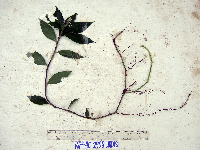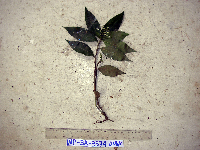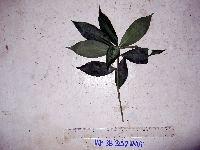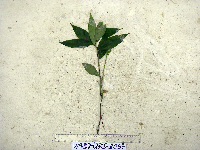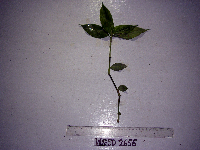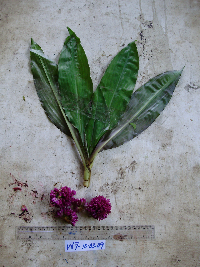University of Minnesota
http://www.umn.edu/
612-625-5000
http://www.umn.edu/
612-625-5000
Minnesota Biodiversity Atlas
Bell Museum
Dataset: NGBRC
Taxa: Commelinaceae
Search Criteria: excluding cultivated/captive occurrences
1
Page 1, records 1-6 of 6
Plant records from the New Guinea Binatang Research Center | |
NGBRC | Commelina paleata Hassk. WP4C2908[]Binatang Research Center WP4C29082008-09-24 Papua New Guinea, Madang Province, Wanang, -5.2373 145.177183, 115m |
NGBRC | Floscopa scandens Lour. WP3A3374[]Binatang Research Center WP3A33742007-08-13 Papua New Guinea, Madang Province, Wanang, -5.2373 145.177183, 115m |
NGBRC | Floscopa scandens Lour. WP3B3252[]Binatang Research Center WP3B32522007-08-25 Papua New Guinea, Madang Province, Wanang, -5.2373 145.177183, 115m |
NGBRC | Floscopa scandens Lour. WP5D3067[]Binatang Research Center WP5D30672007-07-19 Papua New Guinea, Madang Province, Wanang, -5.2373 145.177183, 115m |
NGBRC | Floscopa scandens Lour. WS5D2656[]Binatang Research Center WS5D26562007-07-19 Papua New Guinea, Madang Province, Wanang, -5.229583 145.178467, 115m |
NGBRC | Pollia secundiflora (Blume) Bakh.f. Ctvrtecka4515[]Ctvrtecka, R. 45152009-03-10 Papua New Guinea, Madang Province, Wanang, -5.23088 145.182, 115m |
1
Page 1, records 1-6 of 6
Google Map
Google Maps is a web mapping service provided by Google that features a map that users can pan (by dragging the mouse) and zoom (by using the mouse wheel). Collection points are displayed as colored markers that when clicked on, displays the full information for that collection. When multiple species are queried (separated by semi-colons), different colored markers denote each individual species.
